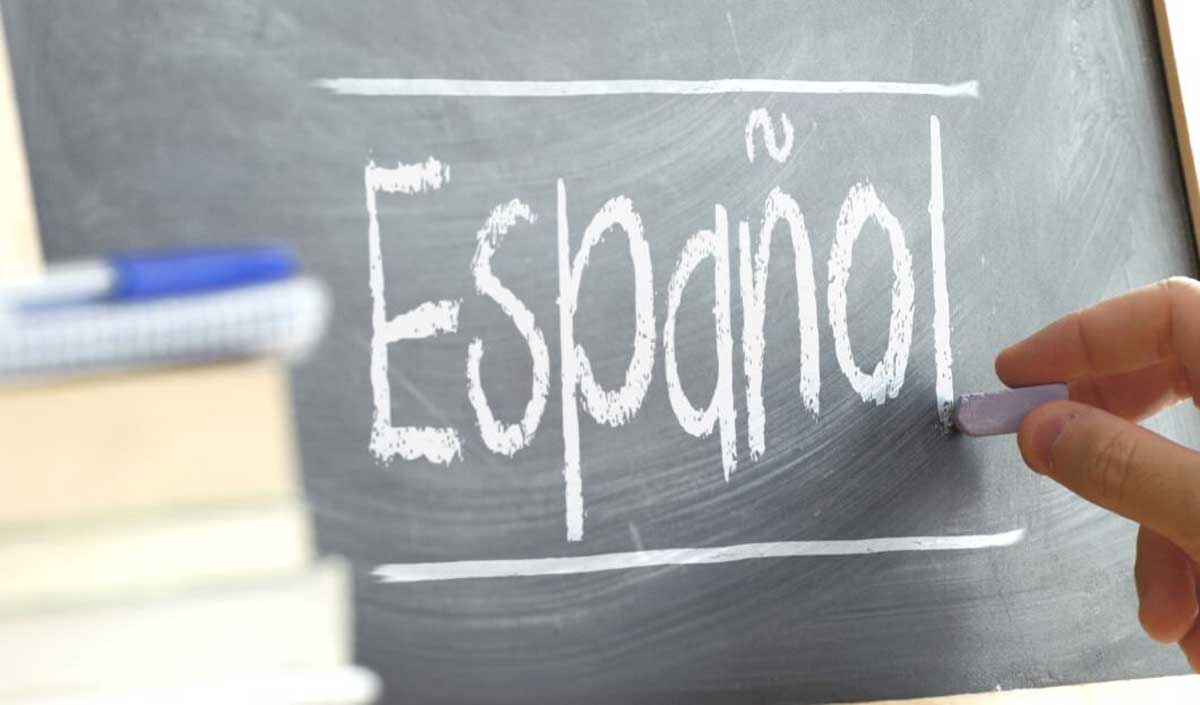Language learning tourism in Spain is also trying to overcome the effects of the COVID-19 pandemic. Although revenue in this segment tripled year-on-year in 2021, it was still 60% below 2019 results. The 55,435 students enrolled in language courses in Spain brought in about 95 million euros last year, compared to almost 237 million before the crisis, when about 140,000 students chose Spain to study Spanish each year.
In the current 2022, the industry expects the first half of the year to end with a loss of 40%, which will be reduced to 20% in the second half of the year compared to 2019 data.
An improvement from 2021, which Fedele (Spanish Federation of Associations of Schools of Spanish for Foreigners) describes as “insufficient” as it is far from “the post-pandemic exponential growth curve seen in other sectors”.
The average student stay last year was 3.42 weeks, so the companies included in the report account for a total of 189,600 weeks, averaging €500 per student per week (courses, accommodation, meals, activities and domestic transfers in Spain), according to Fedele manager David Trigo.
“It will be an uncertain year, but with many opportunities,” said Trigo, who sees it as a downside that these trips were not included in student group programs for 2022, since a large part of their income depends on them.
The federation, made up of six associations with hundreds of Spanish-language schools, expects the sector to reach normal levels by the end of 2022/early 2023, when performance is expected to be higher than in 2019.
More than 580 million people, 7.6% of the world’s population, speak Spanish, which is second only to English in international communication and is the third language on the Internet, where it has great potential. In addition, about 22 million people in 110 countries are learning the language, although the real demand for it is 25% higher, according to the Instituto Cervantes.
According to Fedele experts, interest in learning Spanish is growing in countries such as Germany, India, China and the United States.
For this reason, language-learning tourism has a potential market of “over 1.2 million people” in the world, in which Spain has a leading factor due to being “the cradle of modern Spanish,” emphasized the Fedele manager. He also noted that this activity contributes to smoothing out the seasonal factor of tourism.
Not to mention the impact of this activity on a destination tour, as a segment is defined as a set of educational, social and cultural activities that people undertake in another country with the main goal of learning the language of the place they are visiting. Therefore, it has a great influence on hotels, restaurants and other places of entertainment. For every euro that language students spend on courses, they spend 1.7 euros in related sectors of the economy (transport, museums, etc.).

